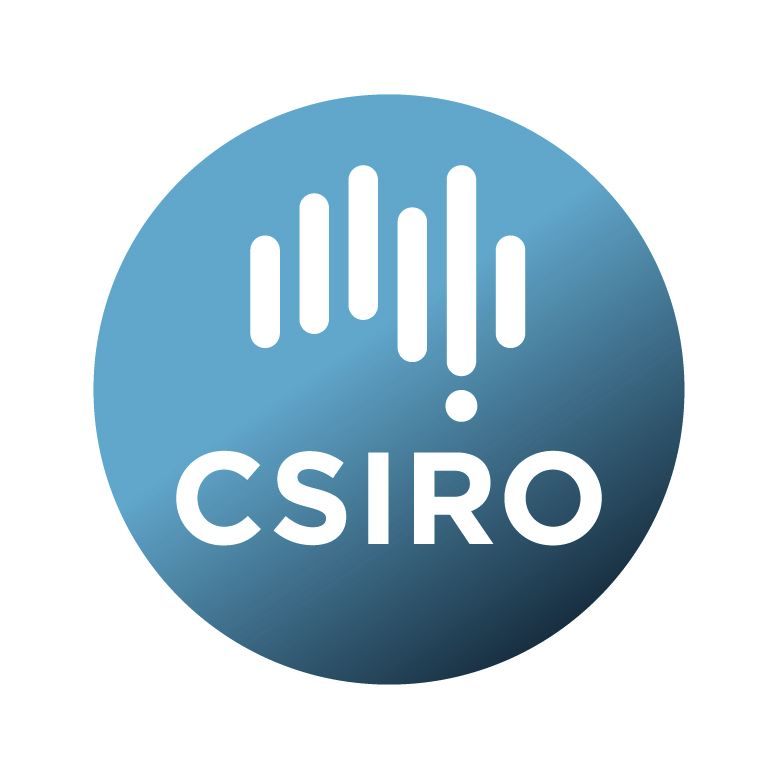Brief description
Three experimental data sets (WNRA0103, WNRA0305 and WNRA0506) involving three grapevine varieties and a range of deficit irrigation and pruning treatments are described.The purpose for obtaining the data sets was two-fold, (1) to meet the research goals of the Cooperative Research Centre for Viticulture (CRCV) during its tenure 1999-2006, and (2) to test the capacity of the VineLOGIC grapevine growth and development model to predict timing of bud burst, flowering, veraison and harvest, yield and yield components, berry attributes and components of water balance.
A test script, included with the VineLOGIC source code publication (https://doi.org/10.25919/5eb3536b6a8a8), enables comparison between model predicted and measured values for key variables.
Key references relating to the model and data sets are provided under Related Links.
A description of selected terms and outcomes of regression analysis between values predicted by the model and observed values are provided under Supporting Files.
Version 3 included the following amendments: (1) to WNRA0103 – alignment of settings for irrigation simulation control and initial soil water contents for soil layers with those in WNRA0305 and WNRA0506, and addition of missing berry anthocyanin data for season 2002-03; (2) to WNRA0305 - minor corrections to values for berry and bunch number and weight, and correction of target Brix value for harvest to 24.5 Brix; (3) minor corrections to some measured berry anthocyanin concentrations as mg/g fresh weight; minor amendments to treatment names for consistency across data sets, and to the name for irrigation type to improve clarity; and (4) update of regression analysis between VineLOGIC-predicted versus observed values for key variables.
Version 4 (this version) includes a metadata only amendment with two additions to Related links: ‘VineLOGIC View’ and a recent publication.
Lineage: The data sets were obtained at a commercial wine company vineyard in the Mildura region of north western Victoria, Australia. Vines were spaced 2.4 m within rows and 3 m between rows, trained to a two-wire vertical trellis and drip irrigated. The soil was a Nookamka sandy loam.
Data Set 1 (WNRA0103): An experiment comparing the effects on grapevine growth and development of three pruning treatments, spur, light mechanical hedging and minimal pruning, involving Shiraz on Schwarzmann rootstock, irrigated with industry standard drip irrigation and collected over three seasons 2000-01, 2001-02 and 2002-03. The experiment was established and conducted by Dr Rachel Ashley with input from Peter Clingeleffer (CSIRO), Dr Bob Emmett (Department of Primary Industries, Victoria) and Dr Peter Dry (University of Adelaide). Seasons in the southern hemisphere span two calendar years, with budburst in the second half of the first calendar year and harvest in the first half of the second calendar year.
Data Set 2 (WNRA0305): An experiment comparing the effects of three irrigation treatments, industry standard drip, Regulated Deficit (RDI) and Prolonged Deficit (PD) irrigation involving Cabernet Sauvignon on own roots and pruned by light mechanical hedging, over three seasons 2002-03, 2003-04 and 2004-05. The RDI treatment involved application of a water deficit in the post-fruit set to pre-veraison period. The PD treatment was initially the same as RDI but with an extended period of extreme deficit (no irrigation) after the RDI stress period until veraison. The experiment was established and conducted by Dr Nicola Cooley with input from Peter Clingeleffer and Dr Rob Walker (CSIRO).
Data Set 3 (WNRA0506): Compared basic grapevine growth, development and berry maturation post fruit set at three Trial Sites over two seasons 2004-05 and 2005-06. Trial Site one is the same site used to collect Data Set 1. Data were collected from all three pruning treatments in season 2004-05 but only from the spur and light mechanical hedging treatments in season 2005-06. Trial Site two involved comparison of two scions, Chardonnay and Shiraz, both on Schwarzmann rootstock, irrigated with industry standard drip irrigation and pruned using light mechanical hedging. Data were collected in season 2004-05. Trial Site three is the same site used to collect Data Set 2. Data were collected from all three irrigation treatments in season 2004-05 but only from the industry standard drip and PD treatments in 2005-06. Establishment and conduct of experiments at Trial Sites one, two and three was by Dr Anne Pellegrino and Deidre Blackmore with input from Peter Clingeleffer and Dr Rob Walker.
The decision to develop Data Set 3 followed a mid-term CRCV review and analysis of available Australian data sets and relevant literature, which identified the need to obtain a data set covering all of the required variables necessary to run VineLOGIC and in particular, to obtain data on berry development commencing as soon as possible after fruit set. Most prior data sets were from veraison onwards, which is later than desirable from a modelling perspective.
Data Set 1, 2 and 3 compilation for VineLOGIC was by Deidre Blackmore with input from Dr Doug Godwin. Review and testing of the Data Sets with VineLOGIC was conducted by David Benn with input from Dr Paul Petrie (South Australian Research and Development Institute), Dr Vinay Pagay (University of Adelaide) and Drs Everard Edwards and Rob Walker (CSIRO). A collaboration agreement with University of Adelaide established in 2017 enabled further input to review of the Data Sets and their testing with VineLOGIC by Dr Sam Culley.
Available: 2023-02-28
Data time period: 2000-07-01 to 2006-12-31
Subjects
Agricultural, Veterinary and Food Sciences |
Agriculture, Land and Farm Management |
Development |
Environmental Sciences |
Environmental Management |
Environmental Management |
Grapevine |
Growth |
Horticultural Production |
Natural Resource Management |
Oenology and Viticulture |
Phenology |
Sustainable Agricultural Development |
VineLOGIC |
Yield |
Yield Components |
User Contributed Tags
Login to tag this record with meaningful keywords to make it easier to discover
Identifiers
- DOI : 10.25919/J503-FT52

- Handle : 102.100.100/366461

- URL : data.csiro.au/collection/csiro:43722



